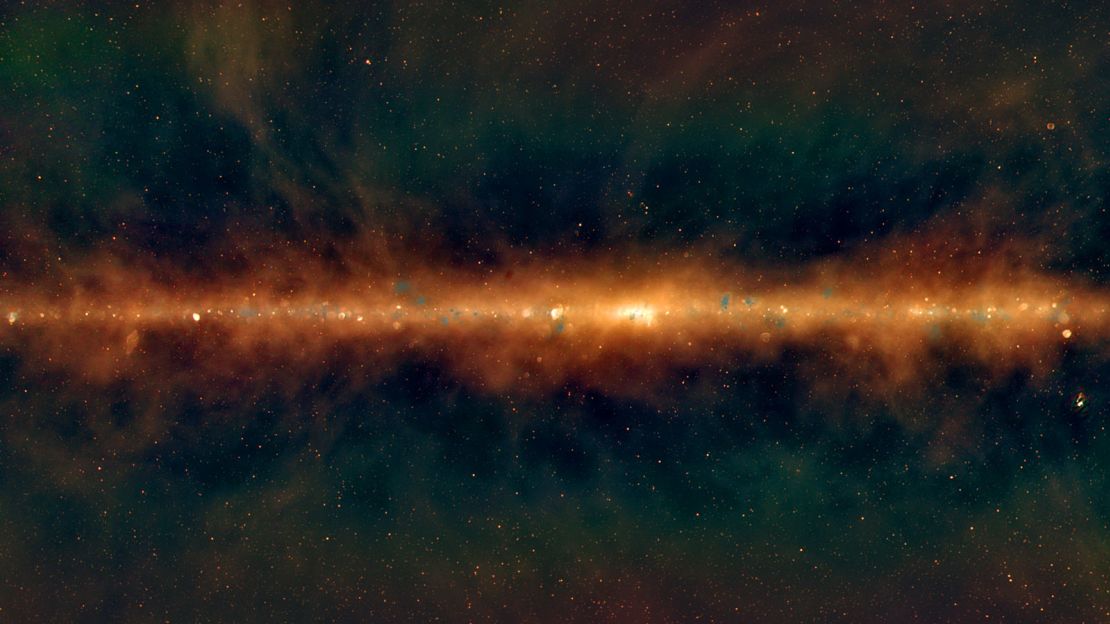A telescope in the Australian outback has given us a fresh perspective on the Milky Way in a new set of spectacular photos.
Scientists used the Murchison Widefield Array (MWA) to show us what we would see if the human eye could see radio waves, according to a statement published Wednesday.
The Milky Way is a barred spiral galaxy, in which a bar-shaped region at the center is surrounded by a disk of stars and gas clouds that exist mainly in its four spiral “arms.”
Observing and studying our galaxy can be a bit like trying to take in the view of an entire forest while standing inside it. But instead of trees obscuring the view, it’s gas and dust.

The use of radio waves gives us a new perspective, revealing more of the Milky Way’s secrets.
“This new view captures low-frequency radio emission from our galaxy, looking both in fine detail and at larger structures,” said astrophysicist Natasha Hurley-Walker of the International Centre for Radio Astronomy Research (ICRAR).
“Our images are looking directly at the middle of the Milky Way, towards a region astronomers call the Galactic Centre.”

In addition to providing a new view of the galaxy, researchers also discovered the remnants of 27 massive stars.
They would have been at least eight times more massive than the Sun before exploding in supernovae, according to researchers.
While many supernova remnants have been spotted before, the MWA is capable of finding those that are older and further away than the ones we already know about.

“This is really exciting for us, because it’s hard to find supernova remnants in this phase of life—they allow us to look further back in time in the Milky Way,” said Hurley-Walker.
While the MWA has allowed us to gain a fresh perspective on the Milky Way, it will soon be surpassed by the world’s largest radio telescope, the Square Kilometer Array.
The new telescope, due to be built from 2021, will be thousands of times more sensitive and have a far better resolution, according to Hurley-Walker.
As a result, it “should find the thousands of supernova remnants that formed in the last 100,000 years, even on the other side of the Milky Way,” she added.
CNN’s Ashley Strickland contributed to this report.




